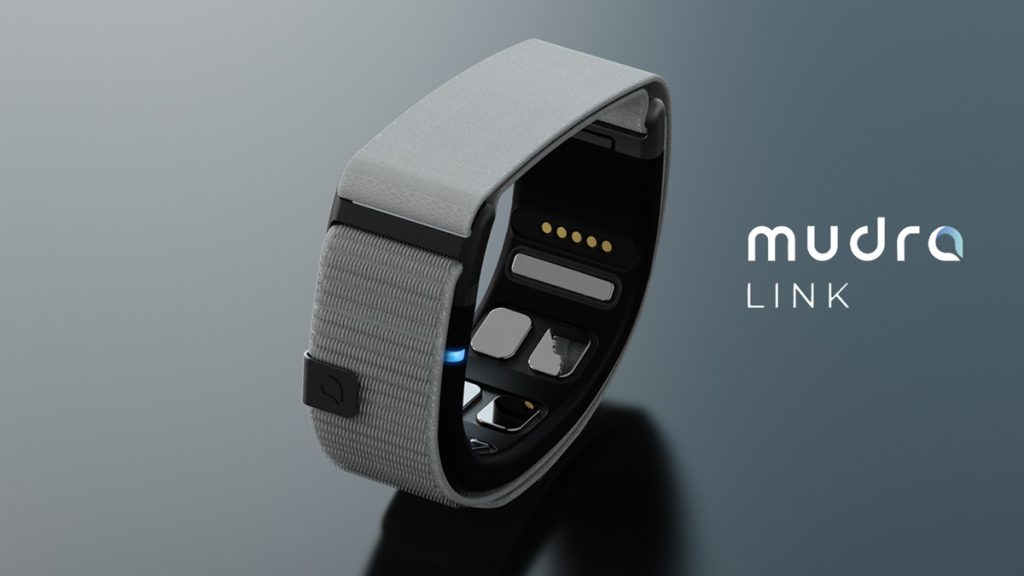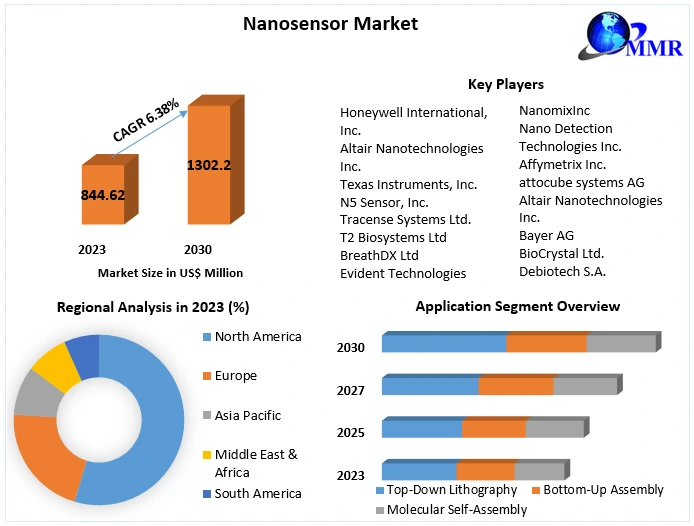Neural Technology and Wearable Innovations: Transforming Human-Technology Interaction

The rapid advancement of wearable technology has paved the way for new frontiers in personal technology, with neural technology proving a particularly transformative force. These innovations, which involve integrating neural sensors into wearables, allow users to control devices and interact with their surroundings via subtle brain waves, muscle signals or even eye movements. The field has gained attention as neural technology wearable devices such as neural earbuds and headsets go beyond fitness tracking and simple notifications to enable hands-free, intuitive control of other devices. This technology, often referred to as brain-computer interface (BCI), promises to redefine accessibility, productivity and personal engagement with technology.
The development of neural wearables
Wearable technology initially gained traction with devices like Fitbit and Apple Watch, which monitor fitness metrics and offer smartphone connectivity. However, newer neural wearables such as NextMind’s brain-computer interface and Neurable’s earbuds aim to deepen the interaction between user and device by enabling control by brain signals, eliminating the need for physical touch. Such devices use electroencephalography (EEG) or electromyography (EMG) sensors to interpret neurological and muscular signals and convert thoughts or movements into digital commands.
Neural wearables like these are pushing into markets that value hands-free operation, such as: B. Games, productivity tools and accessibility-focused solutions. The adoption of neural technologies has accelerated due to interest from major tech companies and startups alike. For example, companies like Meta and Elon Musk’s Neuralink are working on brain-computer interfaces, signaling a growing interest in connecting human intentions directly with technology.
How neural wearables work
Neural wearables rely on detecting brain activity and muscle responses using sensors attached to or near the head, often embedded in earbuds, headbands or small headsets. EEG sensors, commonly found in neural wearables, detect brainwave patterns associated with different cognitive states and map these patterns to digital functions. For example, a user might “think” about a particular action, such as moving a cursor or selecting text, and the wearable translates that brainwave into a command.
EMG sensors monitor the electrical activity generated by muscle contractions, allowing a wearable device to detect subtle muscle movements and respond accordingly. For example, Neurable uses a system that combines EEG and EMG to improve control accuracy and allow users to perform complex tasks with minimal movement or conscious effort.
Applications of neural wearables in accessibility
One of the most exciting aspects of neural technology wearables is their potential to improve accessibility for people with disabilities. Neural technology offers a promising solution for people with limited mobility or dexterity. BCIs allow people with limited mobility to interact with computers, smartphones, or other devices without having to touch or speak. For example, a person using a wheelchair could operate a tablet or even control their wheelchair using subtle muscle or brain signals, providing a level of independence previously unachievable with traditional interfaces.
In addition to physical disabilities, these wearables could also benefit users with cognitive or language impairments. Neural technology could enable communication through mind-controlled interfaces, allowing individuals to convey ideas and make decisions without the need for verbal or physical cues. Such applications have attracted interest from research institutions and non-profit organizations working to develop technical solutions for greater accessibility.
Productivity and neural wearables
Beyond accessibility, neural wearables have a significant impact on productivity. As companies adopt remote and hybrid work models, wearables such as neural earbuds or headsets can provide users with hands-free capabilities for multitasking and seamless interaction between devices. For example, a professional could use neural technology to navigate a computer or switch between applications by mentally selecting options, potentially speeding up workflows.
The ability to intuitively operate multiple devices simultaneously could be particularly useful in environments where hands-free operation is beneficial, such as healthcare, manufacturing and logistics. In surgical environments, for example, surgeons could use neural wearables to navigate medical imaging screens without touching equipment, thereby maintaining sterility. Likewise, a technician working on machines could switch between digital blueprints or control equipment without removing gloves or breaking focus.
Ethical and data protection considerations
Like any technology that involves personal data, neural wearables present certain ethical and privacy challenges. The use of brain signals and muscle responses raises questions about data ownership, privacy and consent. Companies must adopt robust data governance practices to ensure that users’ brainwave data is not misused or stored in ways that could compromise privacy. To earn and maintain public trust, it will be crucial to ensure that data is encrypted and stored securely, with user consent a central tenet.
The application of neural technology in wearable devices also raises ethical debates about the potential for misuse. For example, as brain-computer interfaces continue to evolve, there may be concerns about data security as well as concerns about the idea of involuntary data collection. As a result, industry leaders and policymakers are beginning to create regulatory frameworks for brainwave and muscle response data to ensure they are handled responsibly.
The future of neural wearables
The future of neural wearables promises to be dynamic and expand applications across all sectors. Experts believe that as neural technology improves, wearables will become smaller, more comfortable and more precise. Advances in artificial intelligence (AI) will further improve the accuracy and adaptability of these devices, allowing interfaces to be customized based on individual brain patterns or physical cues.
In the long term, neural technology could enable experiences that combine augmented reality (AR) and virtual reality (VR) with brain-computer interfaces, creating immersive, hands-free digital environments. Imagine exploring a virtual workplace or social platform that responds directly to your thoughts and intentions. Although some of these applications may still be years away, ongoing advances in neural technology are gradually making these ideas possible.
Diploma
Neural technology represents an exciting evolution in wearable technology, moving from simple tracking capabilities to more intuitive, interactive experiences. By harnessing brain and muscle signals, these devices will transform the way users interact with technology in their daily lives, particularly benefiting accessibility and productivity. However, like any new technology, neural wearables will need to address ethical and privacy concerns as they become more widespread. With the potential to bridge the gap between human intent and digital interaction, neural wearables could redefine accessibility and productivity, paving the way for a more inclusive and connected future.







